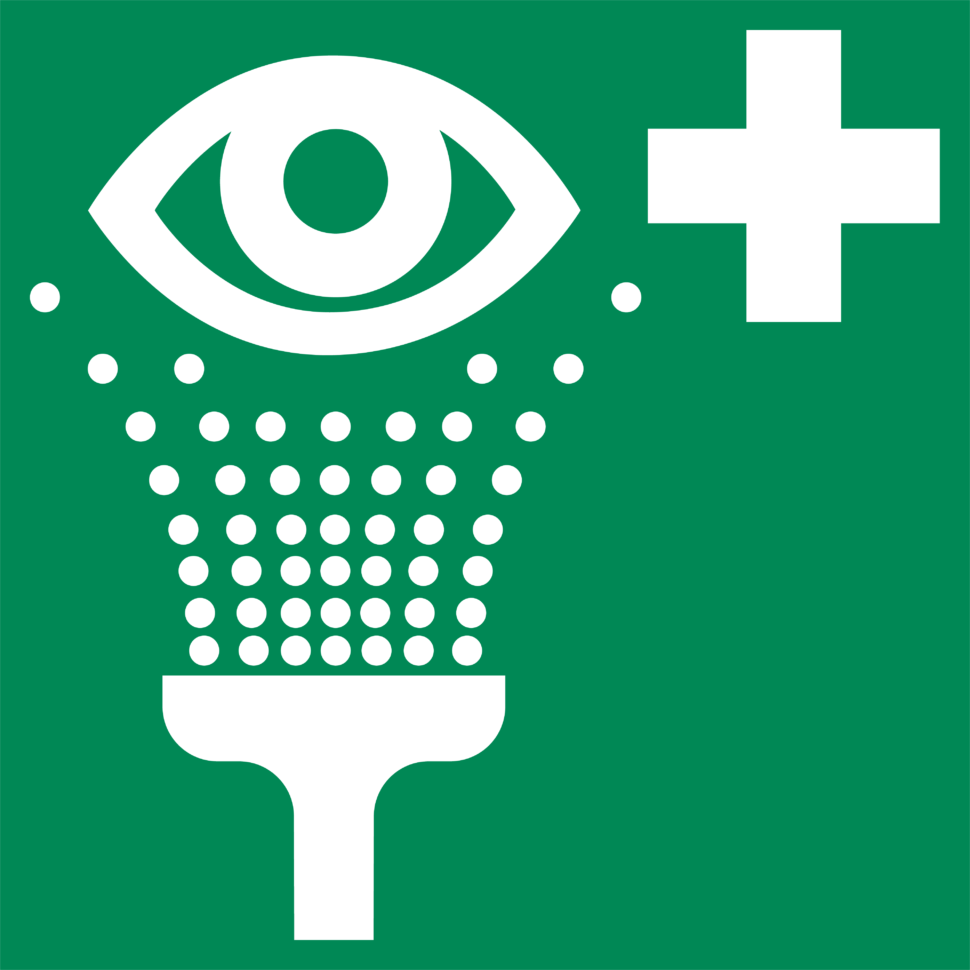Eyewash Requirements
- Admin

- Nov 1, 2019
- 2 min read
The Occupational Safety and Health Administration (OSHA) requires eyewashes and emergency showers for workers who could be exposed to corrosive chemicals in the workplace. Workers use eyewashes, face washes, and showers to flush chemicals and debris out of their eyes and off their bodies. If your facility requires an eyewash or emergency shower, you should know how they work, where they need to be located and how to use and maintain them.
OSHA requires eye/face washes and showers when working with or around corrosive chemicals, or equipment that can contain corrosive chemicals, such as:
Anhydrous ammonia
Formaldehyde
Open surface tanks
Forklifts and other powered industrial trucks
Telecommunications batteries
Paper and pulp-making equipment
OSHA does not have a specific standard or requirements for how eyewashes and showers are designed and installed. Instead, OSHA defers to the American National Standards Institute (ANSI) for these specifications. ANSI Z358.1 provides guidance for eyewashes and showers in situations where employees are exposed to “hazardous materials” such as caustic chemicals and other materials that can negatively affect human health. ANSI’s standard also provides functionality guidelines for eyewashes and showers, including flow rate, temperature and corrosion resistance.
Types of Eyewashes and Showers
There are two primary types of eye/face washes and showers: plumbed stations and self-contained stations. Plumbed stations are permanently connected to a potable water source, usually the same water source as your facility’s sinks. Self-contained stations are stand-alone devices with bottles of water or flushing fluid that need to be refilled or replaced after use. All eyewashes and showers must deliver water or tepid flushing fluid between 60 and 100 degrees Fahrenheit (15.5 – 37.7 Celsius) for at least 15 minutes.

Both showers and eyewashes must be installed in areas where workers can reach them within 10 seconds. Work areas with harsher corrosive chemicals may need closer showers or eyewashes. Eyewashes and showers should be installed in well-lit locations with signage and must be on the same level as the work area’s hazards. Eyewashes and showers must keep water or flushing fluids between 60 and 100 degrees Fahrenheit, even if they’re installed outdoors or in cold or hot indoor environments. Paths and walkways always must be kept clear, so eyewashes and showers can be accessed in an emergency. Never store materials in front of eyewashes or showers, and clean up any debris or obstructions that could block them. Workers should be trained on where the closest eyewash and shower stations are located and how to activate them.
Be prepared with sufficient eyewash and eye related first aid products in the event of an emergency.



Comments